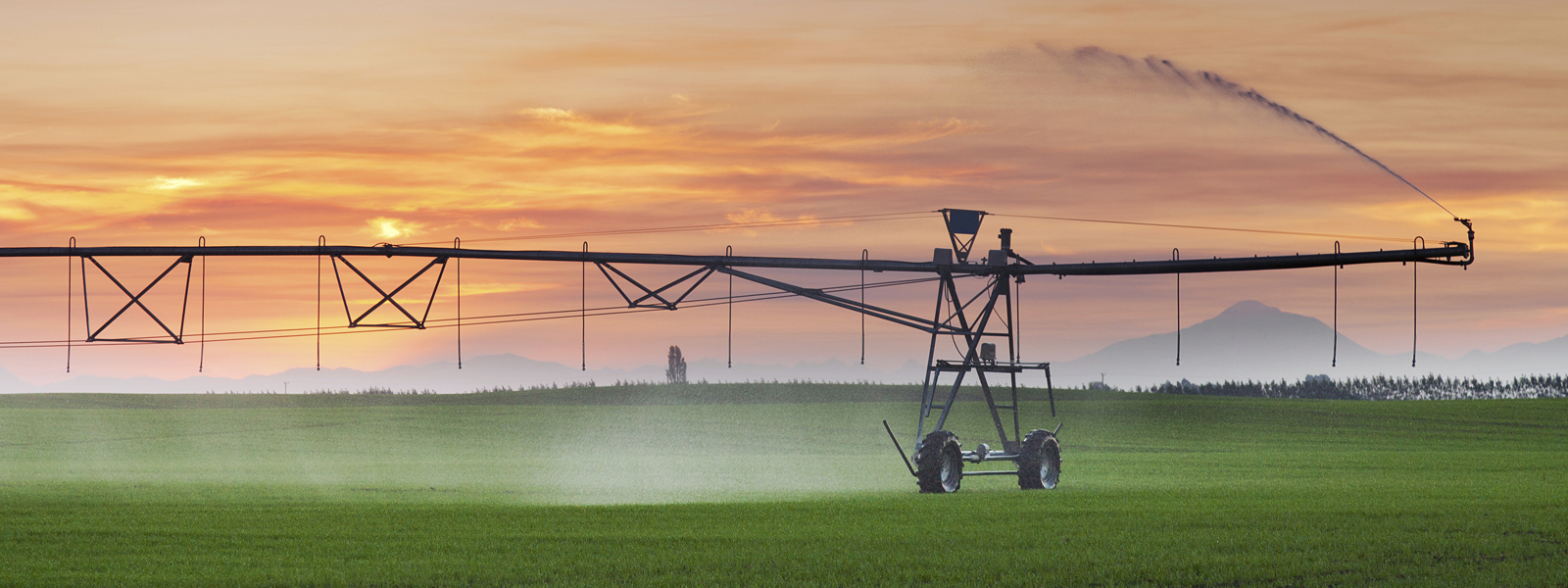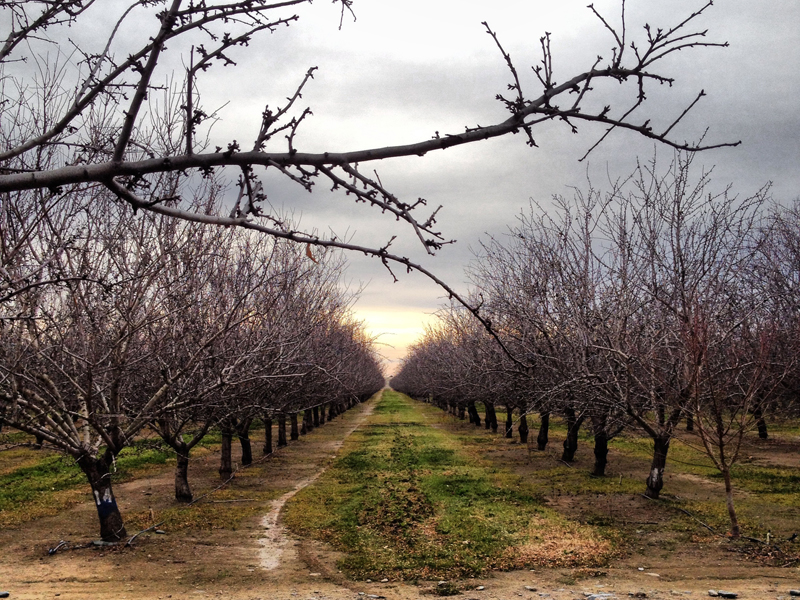
Water Management
Water Management
Plants are thirsty. Water is one of the main ingredients in producing high crop yields. Good soil, nutrients, sunlight, and other factors are also important.
Some crops are grown for their grains, like wheat and rice. Others are grown for their seeds (for example, soybeans), for fibers (like cotton), or hay (like alfalfa). Crops can be grown for leaves (lettuces), fruits (tomatoes), roots (potatoes), or stems (celery). Producing good yields of the desired crops means that agronomists and growers must deliver the right quantity of water, at the right time.
Plants are thirstier if the air is dry (arid) versus humid. If plants don't receive enough water over an extended period through rain or irrigation, plants are stressed. As a consequence, plants will close the microscopic ‘openings’ of their leaves, called stomata. This prevents water in the plant tissues from escaping to the atmosphere (transpiration). Unfortunately, closing the stomata also reduces the plant’s carbon dioxide capture from the atmosphere, which is needed for photosynthesis.
So in solving one problem–possible dehydration–the plant’s response is causing another–reduced photosynthesis, which leads to stunted growth.
Research has also found that crops’ water needs vary during their lifetimes. Soybeans are most sensitive to drought at early pod-producing stages. Wheat plants need good water to start their growth, and then again to produce good grain kernels. Those are crucial times for farmers to watch their fields for signs of dehydration.
Irrigation can be expensive! Irrigating to a one-inch depth of water, spread uniformly across a one-acre field, requires 27,154 gallons of water. It’s common for a grower to have 140 acres of irrigated production land under a center-pivot sprinkler system. That’s over 3.8 million gallons of water for just one watering on 140 acres. The price range of the application can be from $5-$15 per inch per acre. Wise water management is essential for farms to remain profitable.
When Mother Nature’s sprinklers rain, it is imperative to use each drop by effectively storing it in the soil. Researchers continue to look at ways to avoid water losses beyond normal plant transpiration. Some of the approaches are:
- Delivering water through an improved sprinkler system (see video)
- Installing sub-surface drip systems to reduce evaporation and place the water right near the roots
- Delivering water to the plants where and when it is most needed
- Using mulch to insulate the soil and prevent evaporation
Agronomists and crop scientists continue to develop and choose crops that are more water-efficient. Because productivity and sustainability are their goals, agronomists strive to produce more with less.

